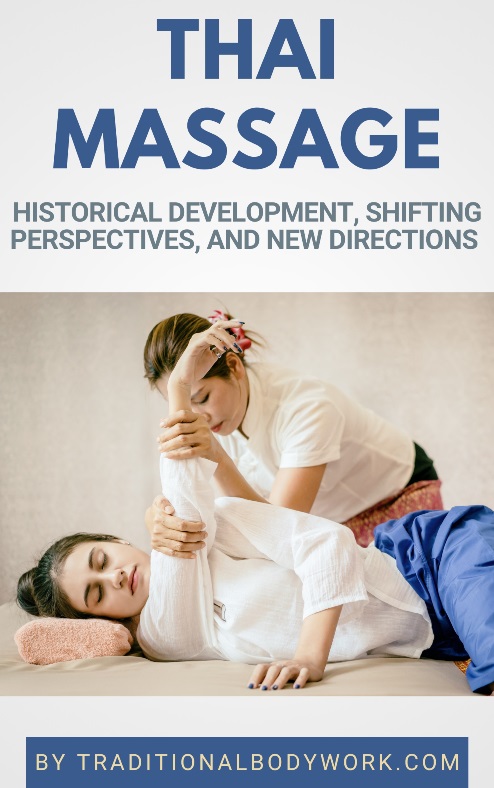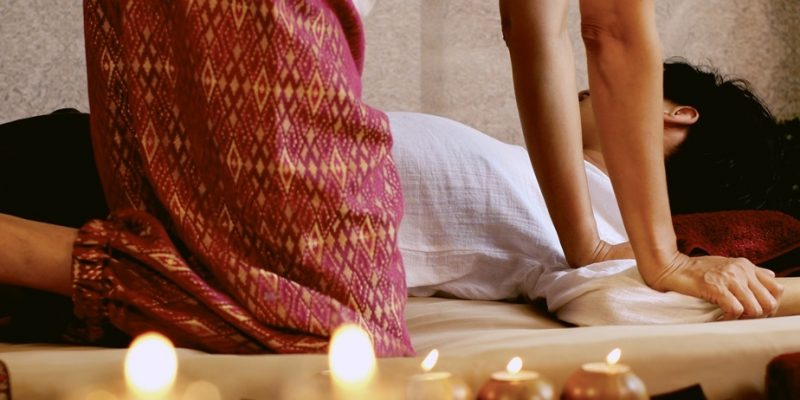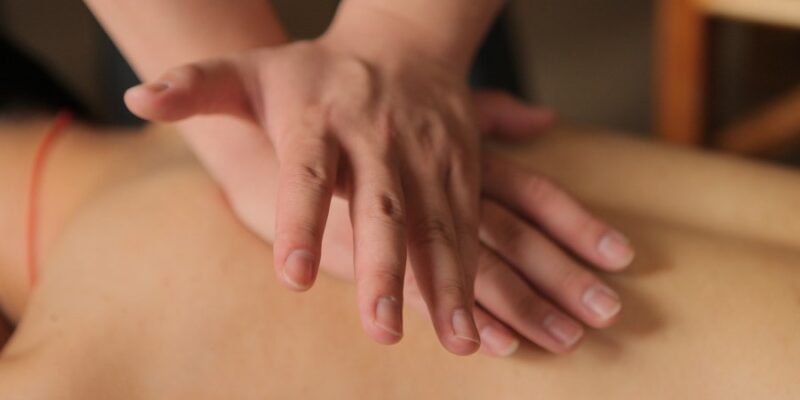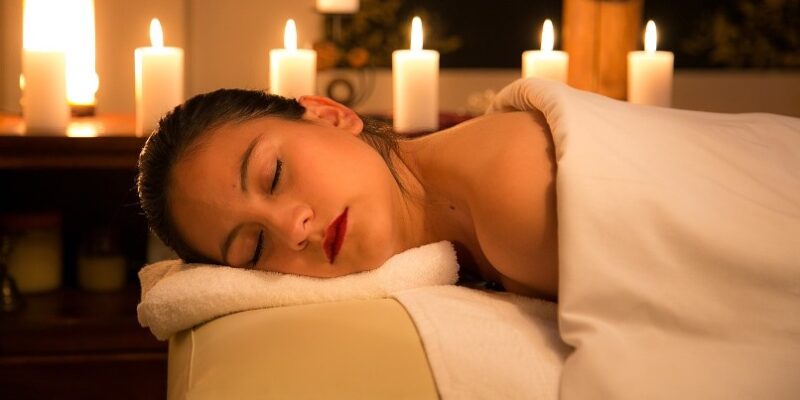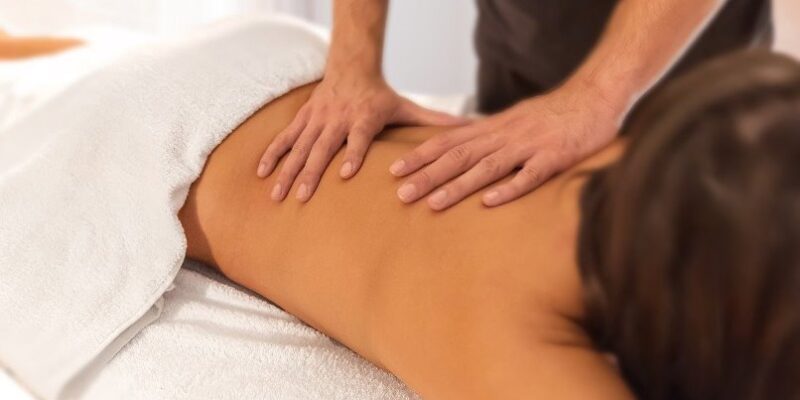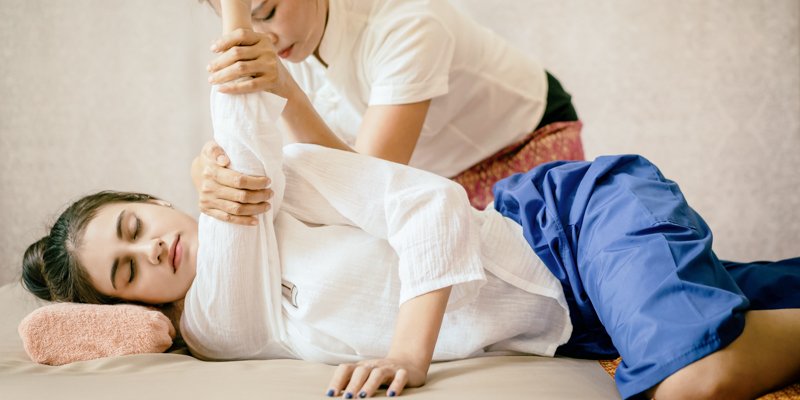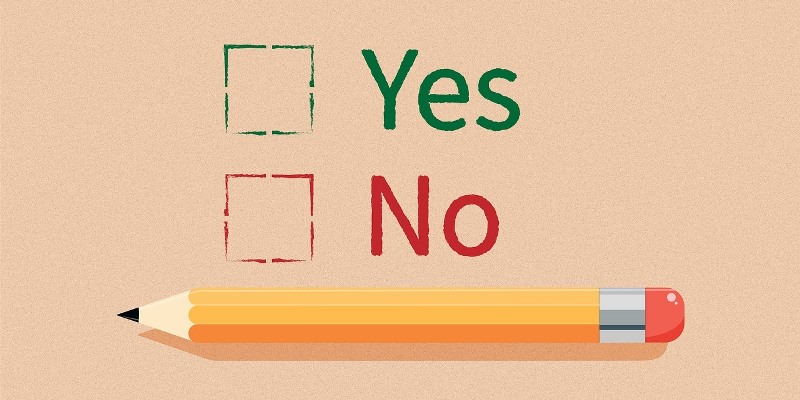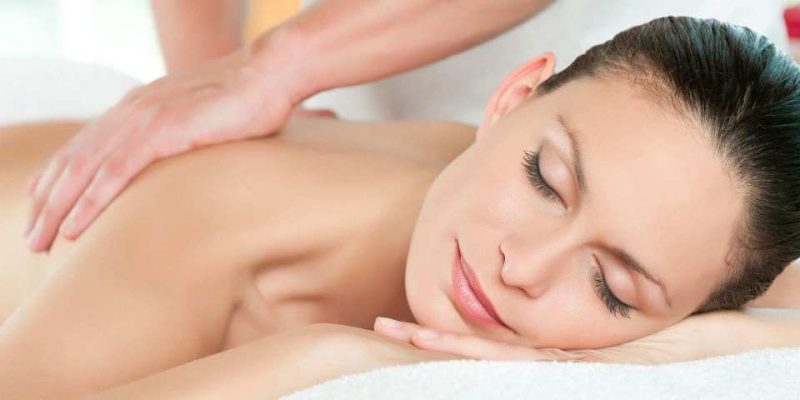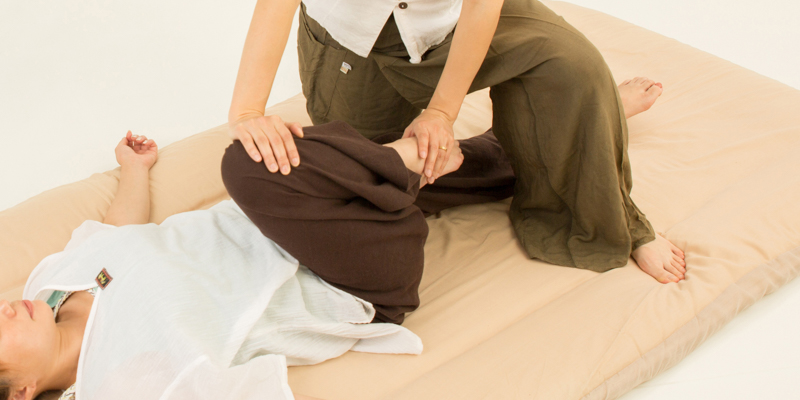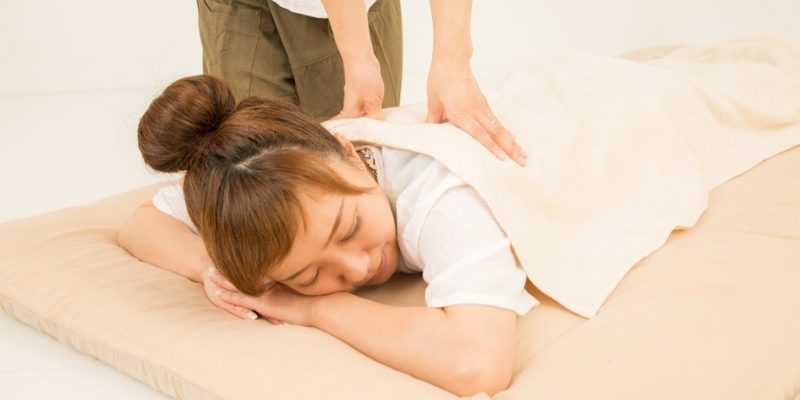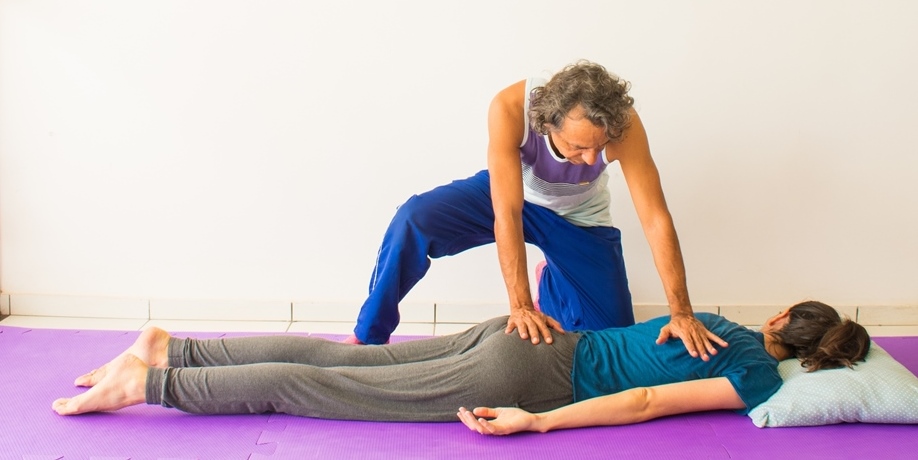
Depending on the type of Thai Massage given and the goal of the session (relaxation or therapeutics), different scenarios may be the case.
First of all, with therapeutic massage work you should be prepared to experience some kind of emotional release. Moreover, a therapeutic session will generally be less time-constrained and can take anywhere between two and four hours of work.
On the other hand, with relaxation i.e. wellness sessions it’s more common to have agreed on a fixed session time, like for instance an hour, an hour and a half, two hours, and so on.
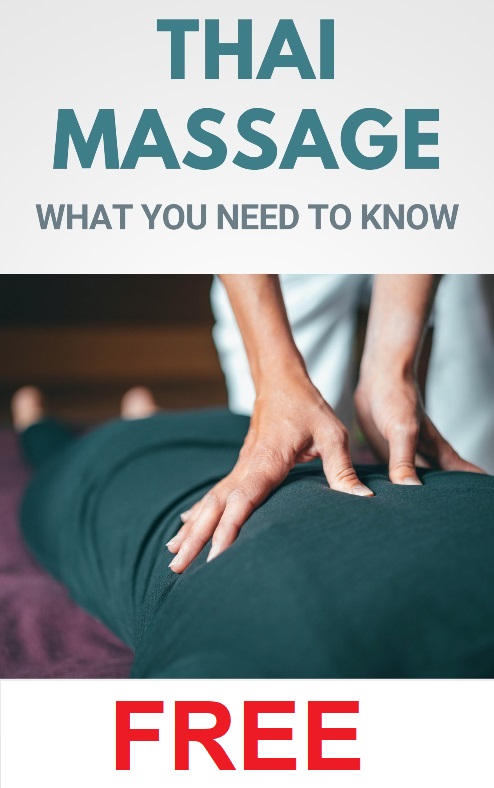
As already explained in one of our previous posts, the massage practitioner will always start with a (thorough) introduction and enquiry. The therapist may also ask you to wash your hands and feet before the session.
A Thai Massage is typically performed on the floor on a special mat or mattress. During the actual massage session, both you and the practitioner are fully clothed. Also, you will not be asked to touch the therapist’s intimate body parts and the therapist will not touch yours.
Some Thai Massage practitioners make some time to take a moment of silence, prayer or meditation just before the session starts. Some may even chant or recite a mantra. This is not something extraordinary though; it’s still much part of the Buddhist tradition in Thailand to commence a massage session with a short moment of spiritual reflection.
Keep in mind that you can always stop during a session and leave at any time for whatever reason you feel or think. A professional therapist will completely understand this.
If you feel more assured with a trusted one accompanying you, mind that you can generally bring a friend with you who can be present during the actual session. In any case, ask the practitioner beforehand if he or she has no objections to this.
During a Thai Massage session the practitioner will apply a vast variety of manual massage techniques, including touching, stroking, stretching, chiropractic (“cracking”), pressure, acupressure, tapping, circling, pushing, pulling, tugging, rolling, and deep breathing.
An authentic, traditional Thai Massage session does not include the use of oils and/or lubricants, although some therapists may use those for the neck, the abdomen, or feet, and what not.
Additionally, certain tools may come into play, such as small wooden sticks to give pressure on the feet, or a belt or shawl as an aid in stretches, herbal compresses, pillows, blankets and towels.

Each individual practitioner carries out a Thai Massage differently, all depending on his or her style of doing Thai Massage, his or her lineage, and the goal of the session. Some follow a fixed sequence of techniques, other work more liberally.
A treatment can start with massaging the feet or by contrast with massaging the head. At other times, the session will begin with massaging your back or shoulders. Whatever the case, a Thai Massage is a full-body treatment, and as such all body parts will be massaged eventually (except for the genitals and explicit erogenous zones).
A session can begin with you lying on your abdomen or you lying on your back or perhaps you being seated. In general, the masseur will massage (and stretch) you in a variety of positions (with you lying on your back, sides, abdomen, and/or sitting).
A special ambiance may be created also, which, again depending on the therapist or establishment, may include darkening the room, burning incense, candlelight, and background music, and such.
Many different kinds of sensations may be experienced during the session, which can include pleasurable feelings, emotional release, pains, relaxation, sleepiness, crying, shaking, and energy whirls throughout the entire body, just to give some examples.
After the session, you will have time to relax while lying on the massage mat. After that, you will often be offered a cup of Ginger tea to further stimulate and promote the blood circulation.
Receive occasional news about our new eBook and Video Workshop publications.


